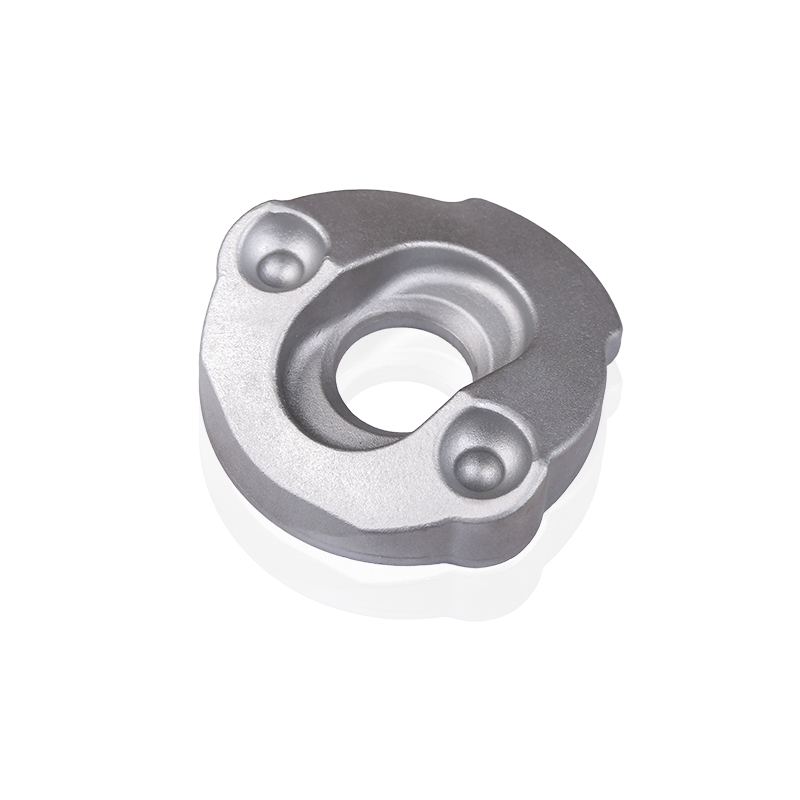Simple Steps for Installing Your Excavator Gearbox Swash Plate
 2025.01.27
2025.01.27
 Industry news
Industry news
Installing an excavator gearbox swash plate is a task that can typically be handled by standard maintenance personnel, provided they have some experience with hydraulic systems and basic mechanical assembly. The installation process is designed to be straightforward, but like any component within a complex machine, there are some key considerations to ensure it is done correctly. For the most part, the swash plate can be replaced or installed without the need for specialized tools, but there are still a few steps that require precision and attention to detail.
The first step in installing the swash plate is ensuring that the excavator’s hydraulic system is properly prepared. This involves shutting down the machine and releasing any residual hydraulic pressure to avoid accidents. Maintenance personnel should follow safety protocols to ensure the environment is safe and free from any potential hazards. Once the machine is ready, the old swash plate (if being replaced) must be carefully removed. This typically involves unfastening bolts or securing mechanisms that hold the swash plate in place. It’s essential to note the positioning of the components to ensure that the new swash plate is installed correctly, as its angle and alignment are critical for optimal performance.
Installing the new swash plate is a relatively simple process. The component itself should align easily with the designated shaft, but precision is key to ensuring the angle is set correctly. Most modern swash plates are designed to be user-friendly, with markings or guides to help maintenance personnel position the plate accurately. Once in place, the swash plate is secured with bolts, ensuring it is tightly fastened but not over-tightened to avoid damaging the components. The hydraulic system is then reconnected, and the necessary fluid levels are checked to ensure everything is topped off and ready to go.

While the installation process does not require specialized tools, it’s important for the maintenance team to have a few key items on hand. Wrenches, hydraulic line wrenches, and torque tools are typically sufficient to complete the job. Some models of excavators may require a specific procedure or tools, but for most applications, standard equipment used in routine maintenance should be adequate. Having the right tools and following the manufacturer’s guidelines can ensure the installation goes smoothly without any unnecessary delays or complications.
Once the swash plate is installed, the final step involves testing the system. After ensuring all components are properly connected and the machine is fully operational, a functional test is run to verify that the hydraulic system is performing as expected. During this test, it’s important to monitor for any signs of leaks, irregular hydraulic fluid flow, or unusual vibrations, which could indicate an installation issue. Once the swash plate’s function is confirmed, the excavator is ready to return to service, operating with the same precision and efficiency as before.
In summary, the installation of the excavator gearbox swash plate is a procedure that, while requiring attention to detail and care, can be completed by standard maintenance personnel. The use of basic tools and adherence to the correct process ensures that the new swash plate is installed without the need for specialized expertise, making it a manageable task for most maintenance teams. The key is ensuring proper alignment, tightening, and testing to guarantee the hydraulic system performs optimally after installation.





















